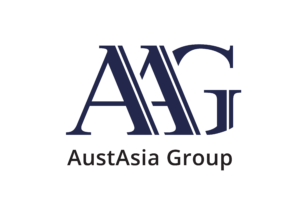Summary of Spending measures for Families:
 An additional $531.6 million over four years and $619.3 million per year thereafter to enhance and provide more flexibility to the paid parental leave scheme.
An additional $531.6 million over four years and $619.3 million per year thereafter to enhance and provide more flexibility to the paid parental leave scheme.- From 1 July 2023, the paid parental leave scheme will be flexible for families so that either parent is able to claim the payment. Parents will also be able to claim weeks of the payment concurrently so they can take leave at the same time.
- From 1 July 2024, the scheme will be expanded by two additional weeks per year until it reaches 26 weeks from 1 July 2026.
- $4.7 billion over four years to improve childcare affordability by increasing the childcare subsidy rate for single-child families to 90% for family incomes of up to $80,000. The subsidy is tapered by 0.2% for every $1,000 of family income above $80,000.
- The childcare subsidy has increased for all families with combined incomes of less than $530,000.
In more detail:
Paid parental leave reforms. (From 1 July 2023 & 1 July 2024)
As previously announced, from 1 July 2023, the Government will introduce reforms to make the Paid Parental Leave Scheme flexible for families so that either parent can claim the payment, and both birth parents and non-birth parents are allowed to receive the payment if they meet the eligibility criteria. Parents can also claim weeks of the payment concurrently so they can take leave simultaneously.
Eligibility will also be expanded by introducing a $350,000 family income test, under which families can be assessed if they do not meet the individual income test.
From 1 July 2024, the Government will expand the scheme from the current 18 weeks by two additional weeks a year until it reaches 26 weeks from 1 July 2026.
Both parents will be able to share the leave entitlement, with a proportion maintained on a “use it or lose it” basis, to encourage and facilitate both parents to access the scheme and to share the caring responsibilities more equally. Sole parents will be able to access the full 26 weeks.
Child Care Subsidy increase. (From 2022-23)

As previously announced, the maximum Child Care Subsidy (CCS) rate will increase from 85% to 90% for families earning less than $80,000. Subsidy rates will then taper down one percentage point for each additional $5,000 income until it reaches zero per cent for families earning $530,000.
The current higher CCS rates for families with multiple children aged five or under in child care will be maintained, with higher CCS rates to cease 26 weeks after the older child’s last session of care or when the child turns six years old.
In addition, from 2022-23, a base entitlement to 36 hours per fortnight of subsidised early childhood education and care will be implemented for families with First Nations children, regardless of activity hours or income level.
The CCS increase also comes with a renewed focus on industry compliance, requiring large providers to report CCS-related revenue and profits publicly. In addition, how the Child Care Subsidy is managed will change, requiring the electronic payment of early childhood education and care gap fees to weed out fraudulent care claims not received.
 An additional $531.6 million over four years and $619.3 million per year thereafter to enhance and provide more flexibility to the paid parental leave scheme.
An additional $531.6 million over four years and $619.3 million per year thereafter to enhance and provide more flexibility to the paid parental leave scheme.



